16 Dec Bhakti Thakoor


In the ancient Indian context however, there was existence of “Bagicha”, “Vatika” and Devrais (sacred grooves) which had religious, cultural and social significance.
Outdoor space planning and design has always been integral to Architecture. Works of great Architects like Frank Lloyd Write, Tadao Ando and even Jeffory Bawa beautifully dovetailed the built and the unbuilt. Site planning and site context was fundamental to their design processes. At the Urban planning scale, the “Garden City” concepts dominated the early 19th century and “Central Park New York” like gardens were considered to be the only means of getting nature into the city.
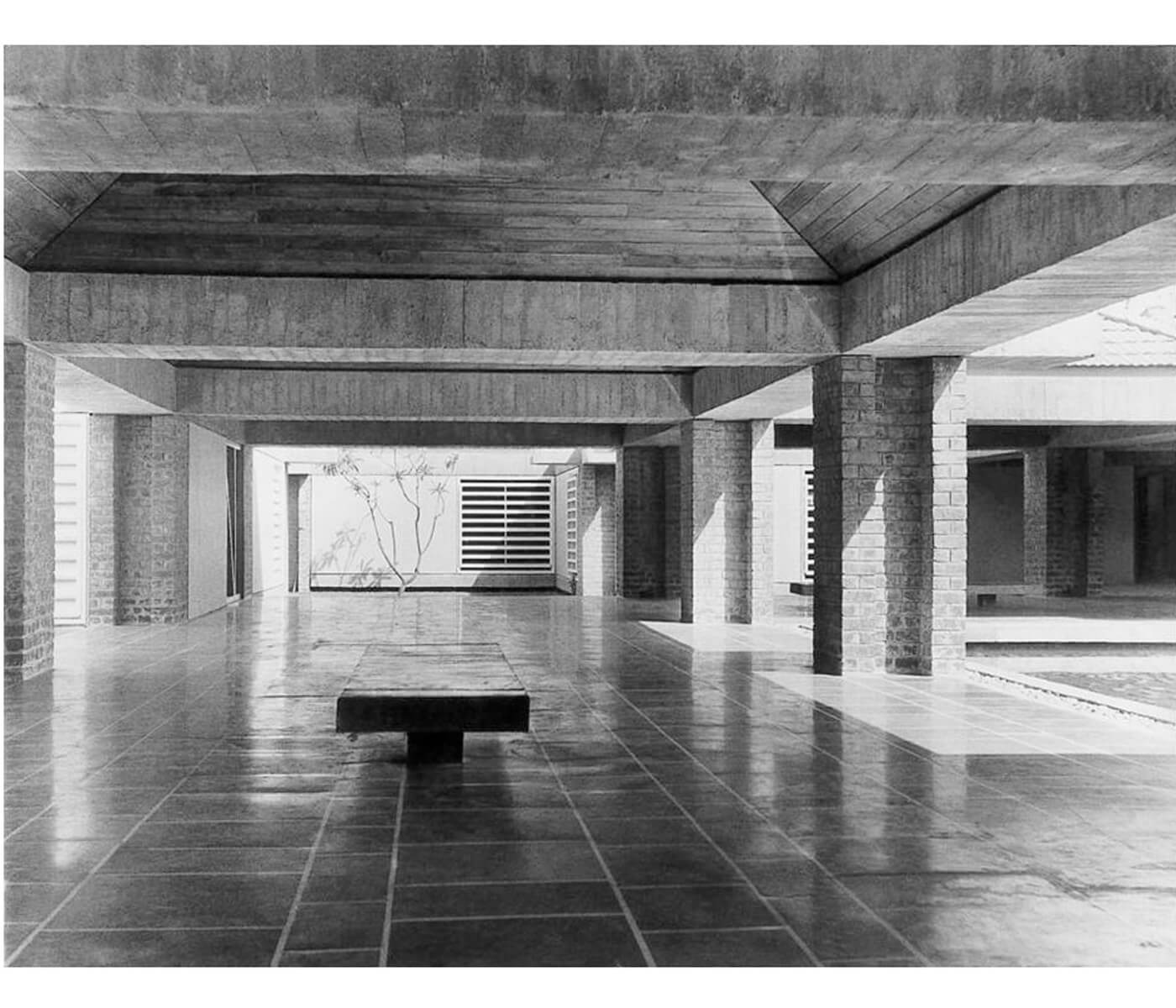
In the ancient Indian context however, there was existence of “Bagicha”, “Vatika” and Devrais (sacred grooves) which had religious, cultural and social significance. The flowers of Butea monosperma (Palash Tree) were used to make the colourful water for Holi. The festival of Holi and the flowering season of Palash Tree were coincided with each other. Nature was celebrated. Rabindranath Tagore’s concept for “Shanti Niketan” had put nature and outdoor spaces at the genius loci and has over the years taught us how human mind and body can deify nature. Nature was considered “The Teacher” in this case.

The post-Independence India first saw Le-Corbusier built Chandigarh. If we were to study the old walled city of Jaipur it is observed that it responded well to the topography and its surroundings and demonstrates the deeper understanding and respect for land and water. It was through Chandigarh that concepts of city gardens and linear green parks and designated open spaces become a typology in Urban Planning. Post-Independence Architecture in India saw some great buildings like the India Habitat Centre in New Delhi and the Sabarmati Ashram in Ahmedabad that continued to act as examples which demonstrated the understanding of Landscape Design as an extension to Architecture.
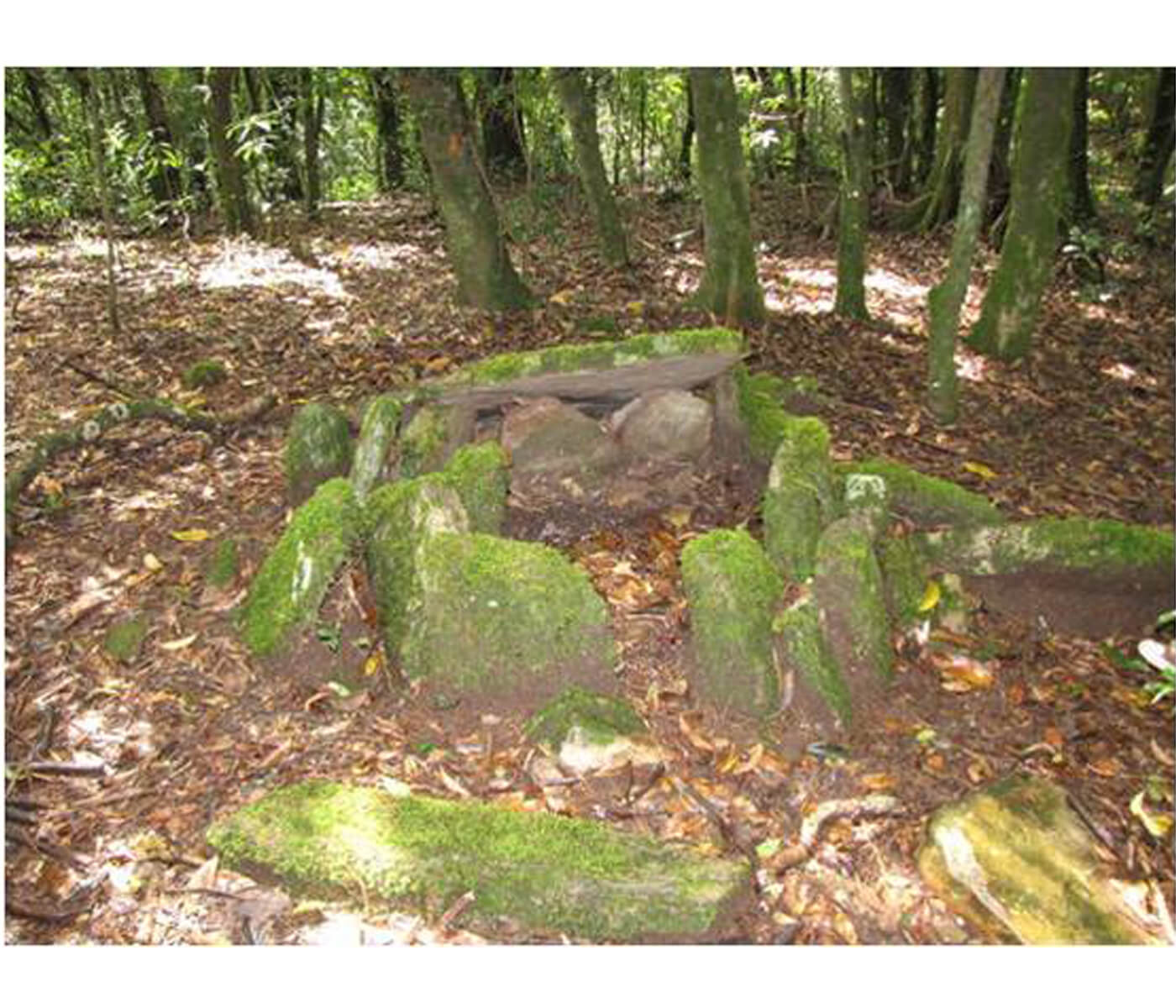
The emergence of typologies like “Open Space”, “City Park” or “City Green” reduced the understanding of Nature to the confined plot boundaries of these spaces. What happens to nature at large or how are resources like land and water getting treated outside these defined plot boundaries was rarely under consideration of the city planners. Landscape Architects were only expected to design these plots as beautiful leisure gardens.
Rapid Urbanization has seen the urban-rural fringes of Indian Metro cities transform drastically.
At present the practicing Landscape Professionals in this country have limited Landscape Design to beautification. The High-Rise Building culture has given rise to podium gardens as a new landscape typology in most of the metro cities. It includes an efficient planning of outdoor amenities. We as practicing professionals can attempt to address some glaring environmental challenges at micro or macro level.
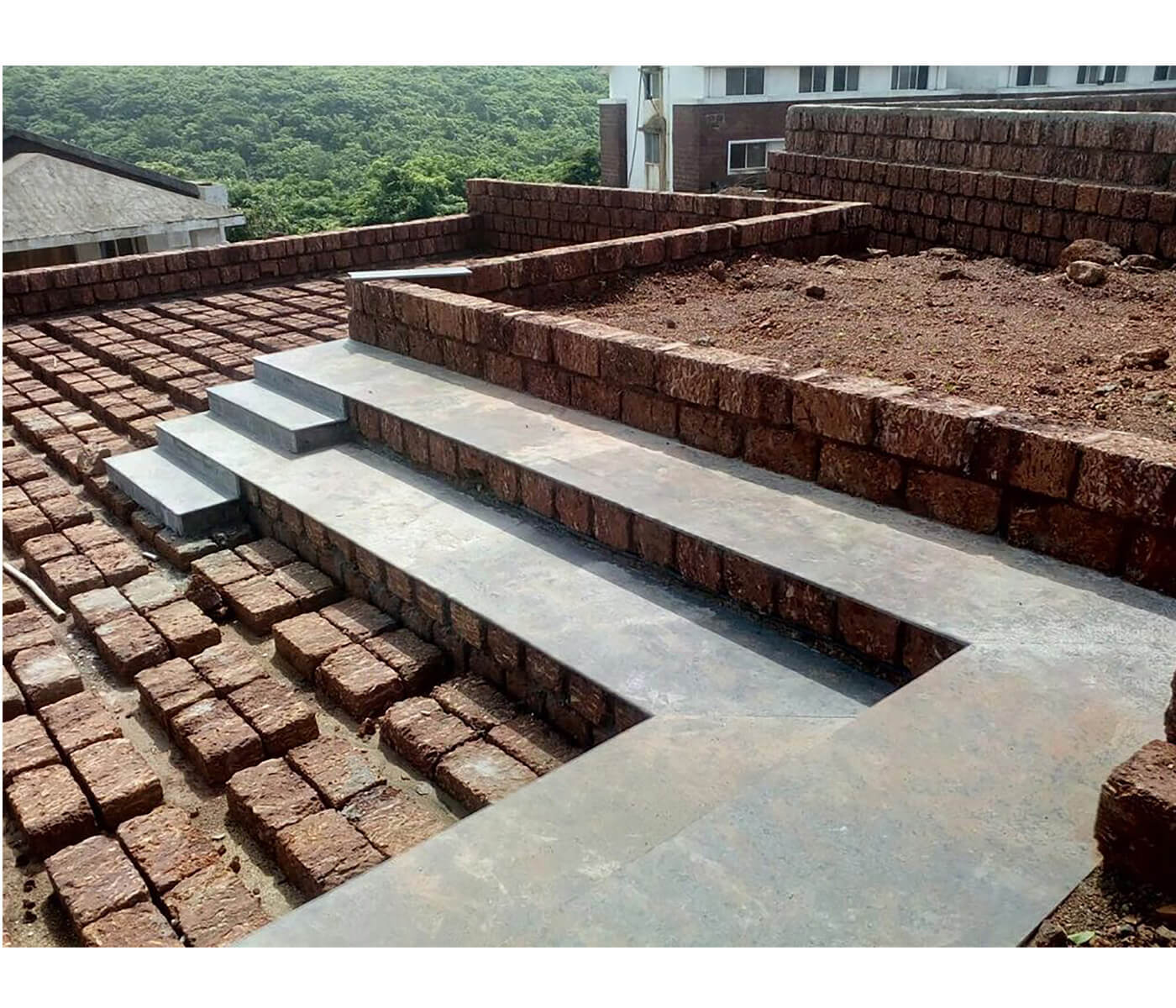
Water shortage and unplanned groundwater management. Afforestation and the impacts of Monoculture. Use of non-native plants and over use of ornamental species. Addressing the issues of land and water degradation. If we are able to address the above-mentioned concerns adequately it will be a great opportunity for us as professionals to change the perception of the profession.
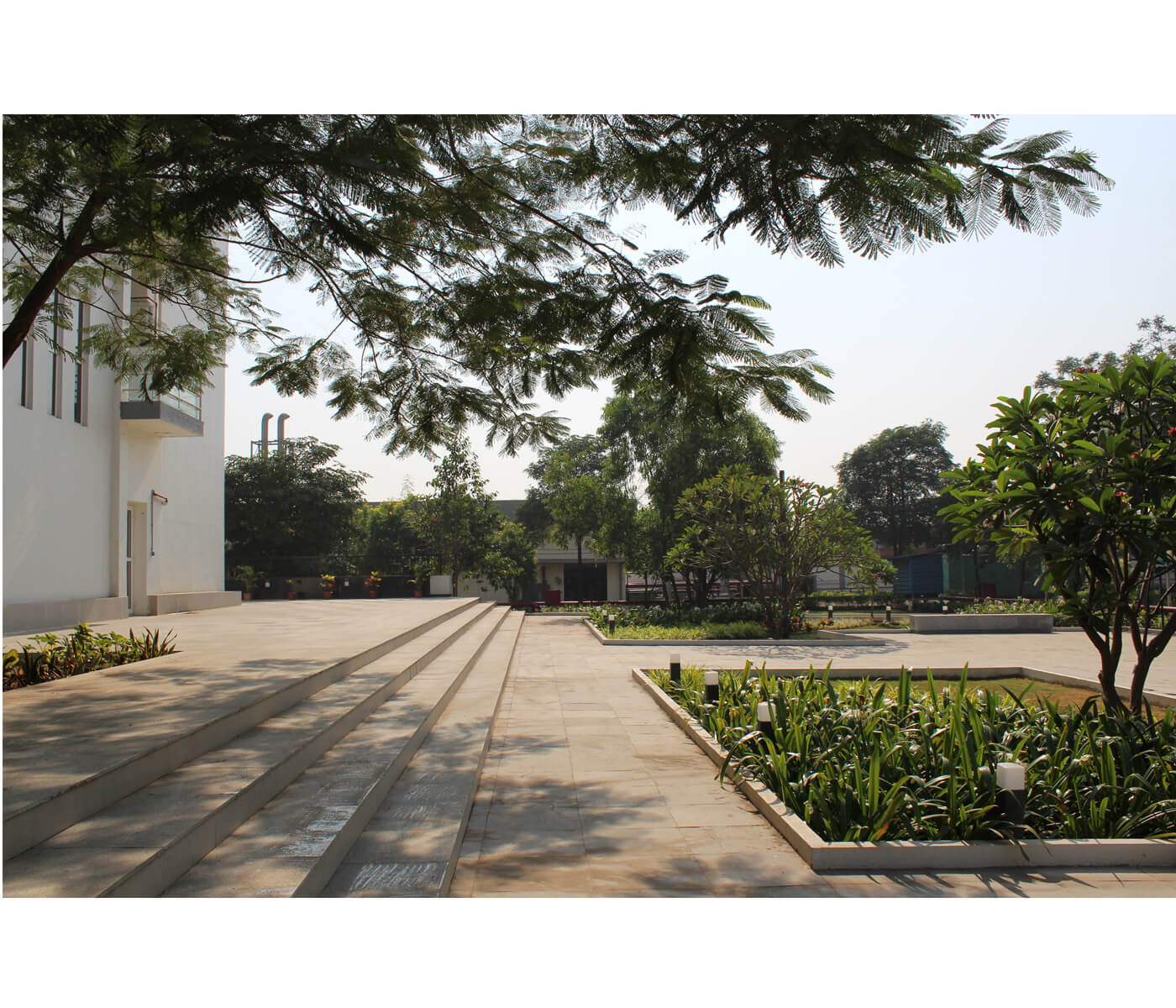
As a practice we strive hard to put the above concerns in forefront as our design ideology. The attempt is constantly towards deriving new paradigms such that design ideas can cross the boundaries of beautification and embrace responsibility towards healthy and sustainable natural environment. Landscape Architecture unlike Architecture changes with time and interacts with the natural elements and several other living organisms. At Enviroscape Landscape Design and Planning we have had the opportunity to create an Urban forest. We have also carried out a Biodiversity mapping study for ecologically fragile river edge. It is important that documentation processes are given importance and the inferences are carried forward into arriving at sustainable solutions. Industrial Landscape projects can be a great opportunity to promote native and mixed plantation in the green belt zones instead of monoculture planting strategies.
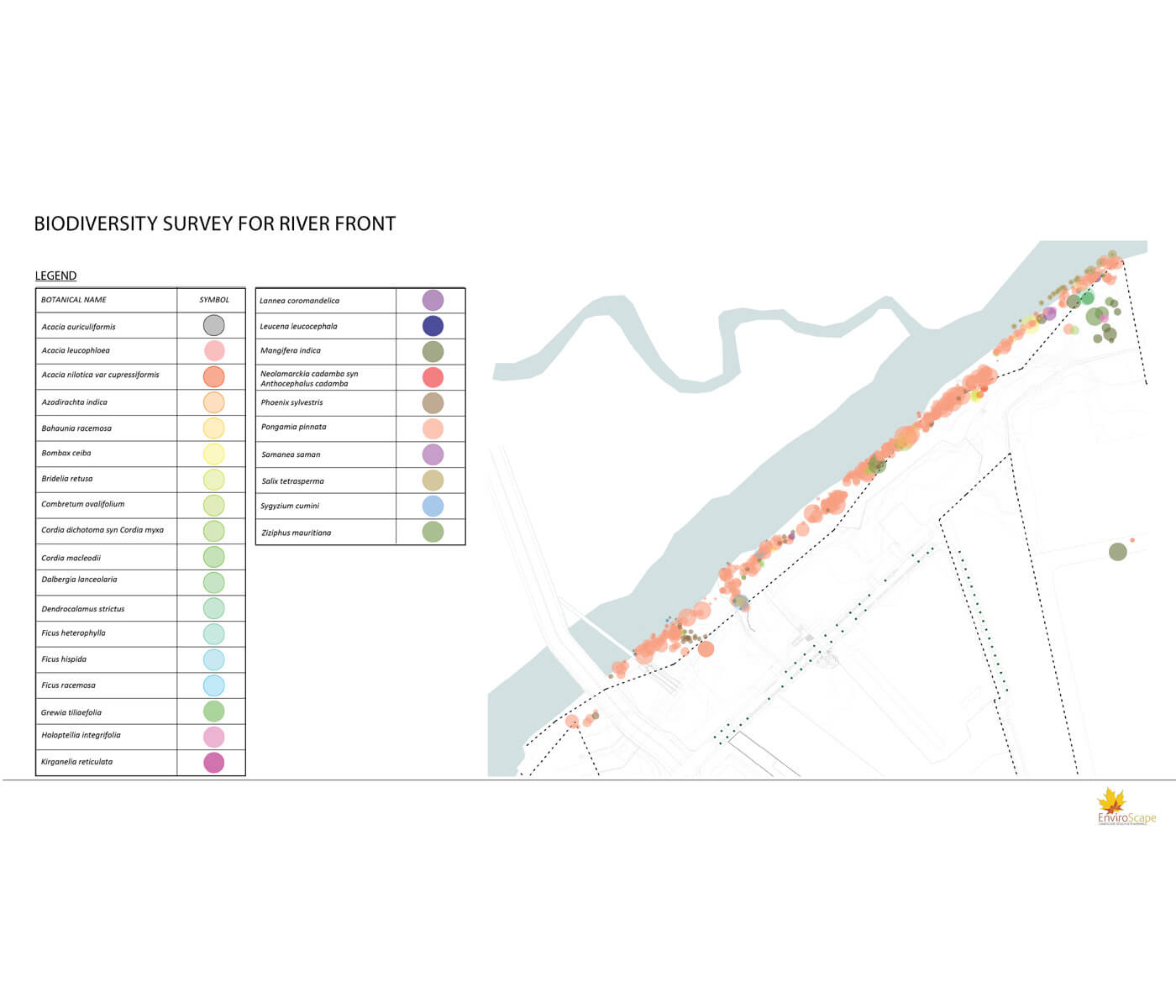
Rapid Urbanization has seen the urban-rural fringes of Indian Metro cities transform drastically. These fringes are usually the farmlands or the ecologically sensitive forest lands. Landscape Architects can make effective contribution in the city planning processes and help arrive at a sustainable design solution. Sustainability should start at the site level and not limit itself to the green building rating system. Any land parcel which is under consideration for development infrastructure or housing should be adequately analysed for its natural resources.
While the rest of the world is building cities on the theory of Ecological Urbanism in India, we will have to take small and realistic steps towards the change.
While the present is about changing the perception of the profession, the future is about taking the responsibility towards sustainable practices. It is also necessary to understand the economics of environment. A framework needs to be created where we clearly put the negotiables and the non-negotiables pertaining to environment across to the developing authorities. For this the first step would be a quantitative assessment of urban ecology and biodiversity. Enviornmental activism needs to be backed with statistics, documentation and qualitative mapping of Ecology.
Ideas like joining the rivers of India and creating a green belt along it should be evaluated by Ecologist and expert Environmentalist. India is an agricultural economy and hence degradation of Natural environment for Agriculture is a given. But growing native crops will stop soil degradation and also reduce water consumption. Rural Landscapes can become a separate area of professional enquiry. Similarly, Cultural Landscapes can cater towards conserving the ancient connect India had with nature and ecology.
Landscape pedagogy in India can also make immense contribution towards getting the required change. Interdisciplinary approaches to subjects like Geology, Hydrology and Ecology will lead to a holistic understanding of landscape layers.
While the rest of the world is building cities on the theory of Ecological Urbanism in India, we will have to take small and realistic steps towards the change.
This certainly brings a lot of hope for us as practicing professionals of Landscape to extend the scope of our profession as Landscape Planners and make a constructive contribution to the Natural environment,Bhakti Thakoor
DESIGN FIELD
Lorem Ipsum
LOCATION
Mumbai, India
STUDIO NAME
Enviroscape -Landscape Design and Planning
ABOUT
After Post Graduation, worked with M/s. Prabhakar Bhagwat, a renowned Landscape Architecture Firm from Ahmedabad, as Jr. Landscape Architect from 2005-2006. Handled Conceptual Planning, Designing and preparing drawings. Joined Ratan J. Batliboi Architects as Landscape Architect in July, 2006. Handled the entire Landscape part of beautification of Marine Drive in co-ordination with MMRDA, MCGB and concerned NGOs as an inhouse Landscape Consultant. Joined AEDAS Urban Design, a Hong Kong based Architectural Firm in January, 2008 as Senior Landscape Architect. Worked on Tata Housing Project at Gurgaon and Housing Project of Mantri Group at Gwalior, Madhya Pradesh. After working as a Freelance Landscape Architect for Landscape Firms in Mumbai, I set up Enviroscape -Landscape Design and Planning as a formally at Shivaji Park, Mumbai in the year 2014. We are engaged in all scales of landscape design and planning projects. Visiting Faculty at the Master’s Program of Landscape Architecture at LSR college of Architecture.


